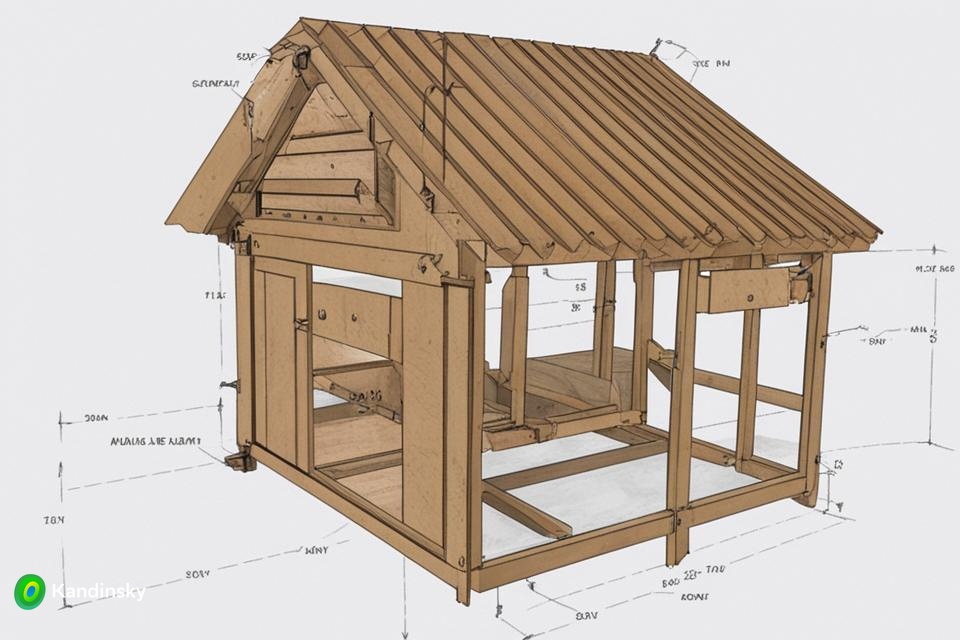Understanding Chicken Coops
Raising chickens has become an increasingly popular hobby among both rural and urban dwellers. Not only do chickens provide a steady supply of fresh eggs, but they also offer companionship and a rewarding experience. To ensure the well-being and safety of your feathered friends, a well-designed chicken coop is essential. For those considering embarking on this poultry-keeping journey, a comprehensive chicken coop plans manual can be invaluable.
Importance of a Good Plan
Building a chicken coop without a plan can lead to inefficiencies, structural flaws, and potential risks to the chickens. A detailed blueprint not only ensures a functional and safe coop but also simplifies the construction process. Fortunately, various resources, including online guides, books, and manuals, offer a wide array of chicken coop plans suitable for different needs and preferences.

Key Elements of Chicken Coop Plans
Size and Space Requirements
The plan should specify the appropriate size based on the number of chickens. Each chicken typically requires around 2-3 square feet of space within the coop, while allowing ample space for nesting boxes, perches, and easy cleaning access.
Ventilation and Light
Adequate ventilation is crucial to maintain air quality and prevent moisture buildup, which can lead to health issues for the chickens. Additionally, ensuring proper natural light or artificial lighting within the coop helps regulate the chickens’ laying cycles.
Nesting Boxes and Roosting Bars
Properly designed nesting boxes provide a secluded area for egg-laying, while roosting bars offer elevated perches for the chickens to rest comfortably at night.
Materials and Construction
Chicken coop plans often suggest suitable materials such as wood, wire mesh, and roofing materials. Following a step-by-step construction guide ensures a sturdy and durable coop that can withstand various weather conditions.
Choosing the Right Plan
When selecting a chicken coop plan, consider factors like available space, budget, and personal preferences. Some plans cater to small backyard coops, while others focus on larger, more complex designs suitable for commercial purposes.
Conclusion
Investing time in researching and selecting the right chicken coop plan is crucial for successful poultry keeping. A well-designed coop not only ensures the safety and health of the chickens but also contributes to a rewarding and enjoyable experience for the poultry enthusiasts. With the abundance of resources available, aspiring chicken keepers can easily access detailed manuals and plans to build the perfect coop for their feathered companions.

